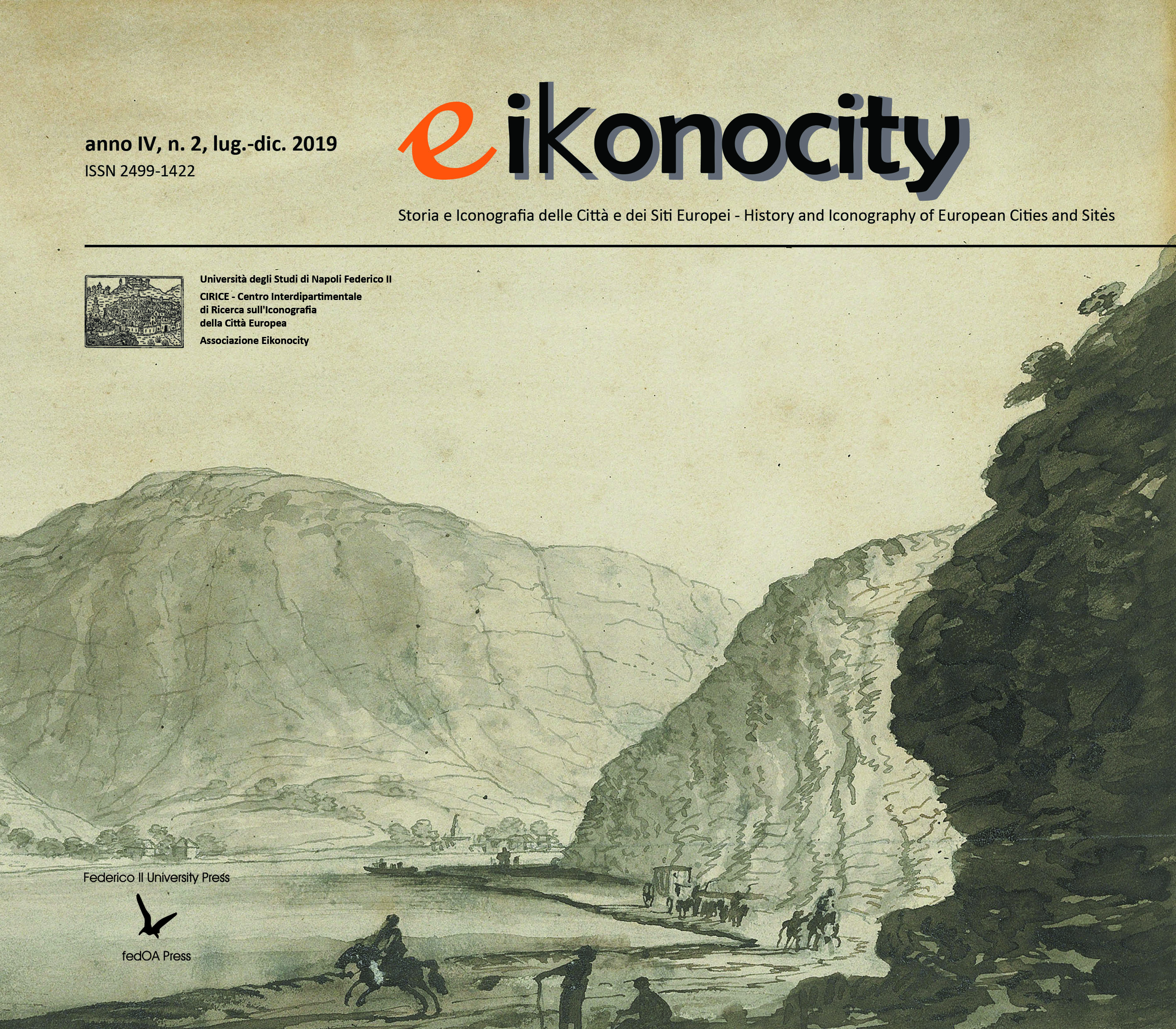Lisbon Story, from the Pombaline Architect to Siza
DOI:
https://doi.org/10.6092/2499-1422/6282Abstract
The theme of the façade and its ornament leads to the confusion of the so-called historical
styles, the central problem in the research for my doctoral thesis about Siza’s intervention in
Lisbon’s Chiado district. The role of the façade in the design of the city was so important that,
once the reconstruction strategy had been established after the 1755 earthquake, the city’s
Baixa area was essentially defined with hundreds of designs for street fronts now gathered
together in the important “Pombaline” cartulary. Two and a half centuries later, after the 1988
fire, the same principle dominated the reconstruction of Chiado by Siza, a project that was
recurrently accused of being post-modern façadism in the Pombaline style (as defined by
José-Augusto França), a hasty and ill-informed conclusion, as my research shows.
However, what is of interest here are the lessons of the masters (both ancient and modern)
about a device whose potential has been forgotten in architecture and construction, or
remembered for the worst reasons.
Downloads
Downloads
Published
How to Cite
Issue
Section
License
Eikonocity pubblica in internet, ad accesso aperto, con licenza:
|
|
CCPL Creative Commons Attribuzione 4.0 |
L'autore conserva il copyright sul suo contributo, consentendo tuttavia a chiunque "di riprodurre, distribuire, comunicare al pubblico, esporre in pubblico, rappresentare, eseguire e recitare l'opera", purché siano correttamente citati l'autore e il titolo della rivista. L’autore, al momento della proposta di pubblicazione, è inoltre tenuto a dichiarare che il contenuto e l’organizzazione dell’opera è originale e non compromette in alcun modo i diritti di terzi, né gli obblighi connessi alla salvaguardia di diritti morali ed economici di altri autori o di altri aventi diritto, sia per testi, immagini, foto, tabelle, sia per altre parti di cui il contributo può essere composto. L’autore dichiara altresì di essere a conoscenza delle sanzioni previste dal codice penale e dalle leggi speciali per l’ipotesi di falsità in atti ed uso di atti falsi, e che pertanto Eikonocity è esente da qualsiasi responsabilità di qualsivoglia natura, civile, amministrativa o penale, e sarà dall'autore tenuta indenne da qualsiasi richiesta o rivendicazione da parte di terzi.


